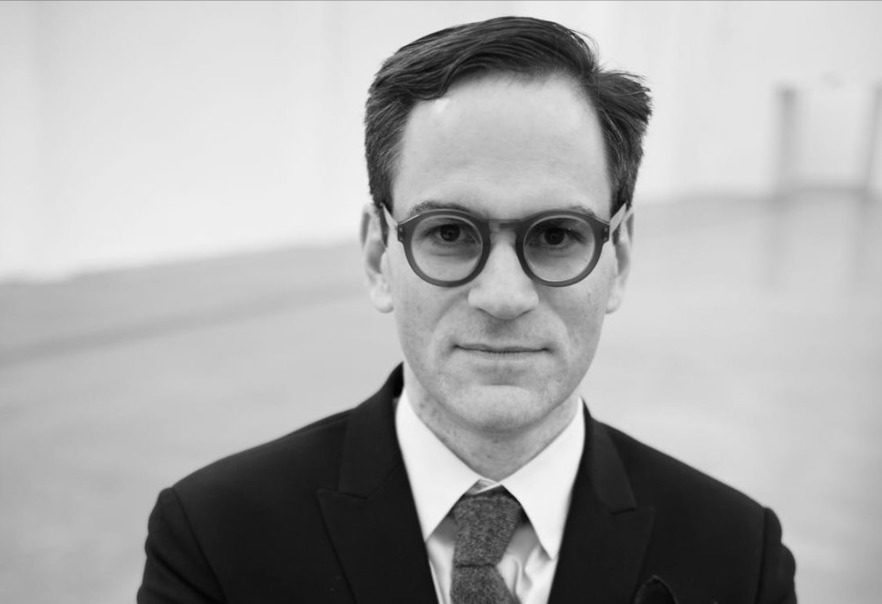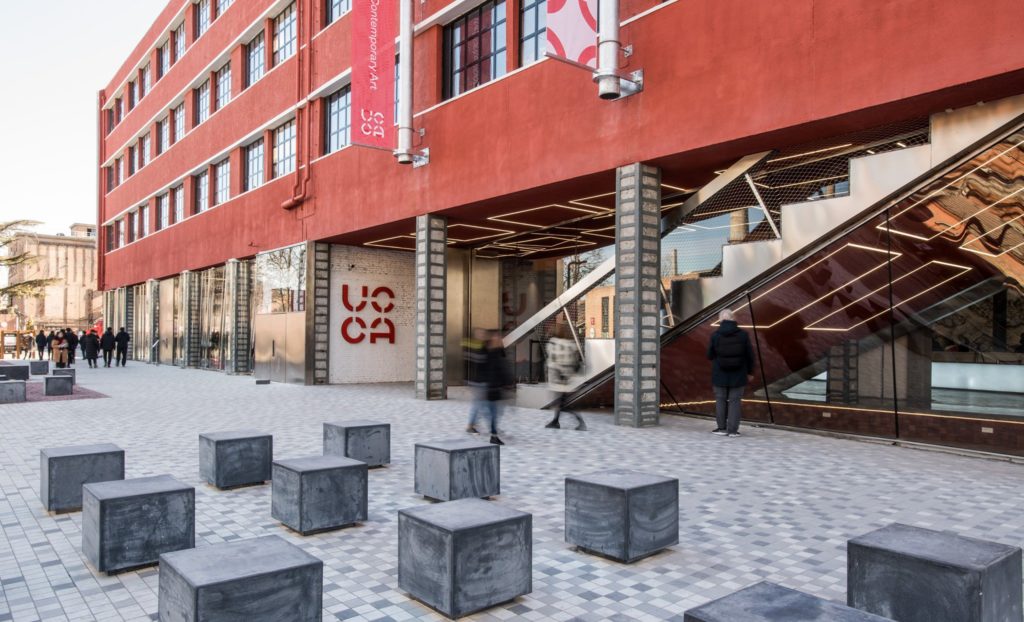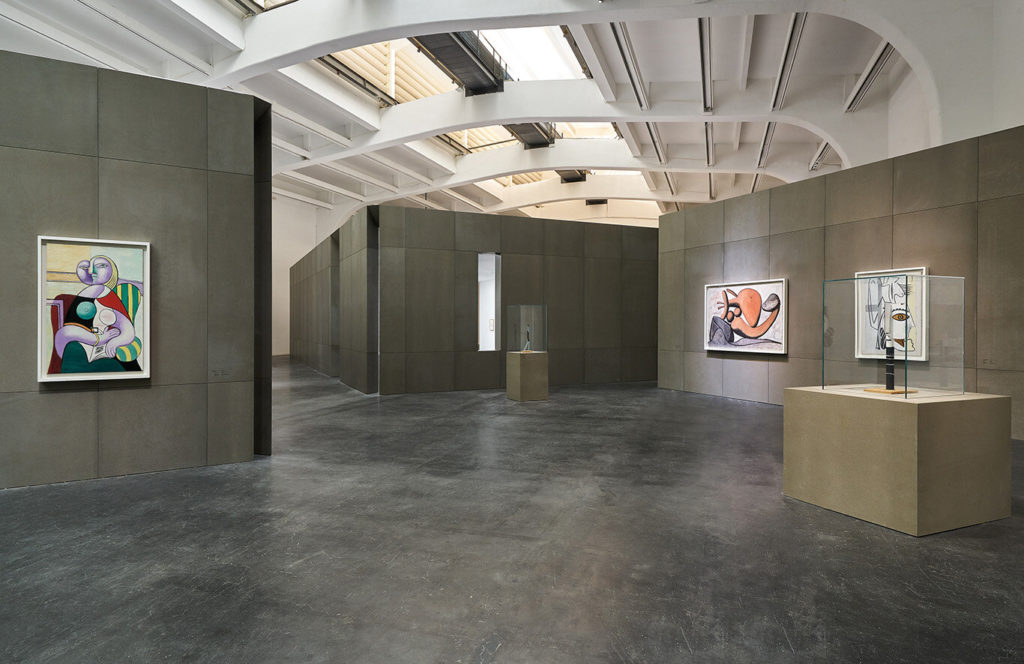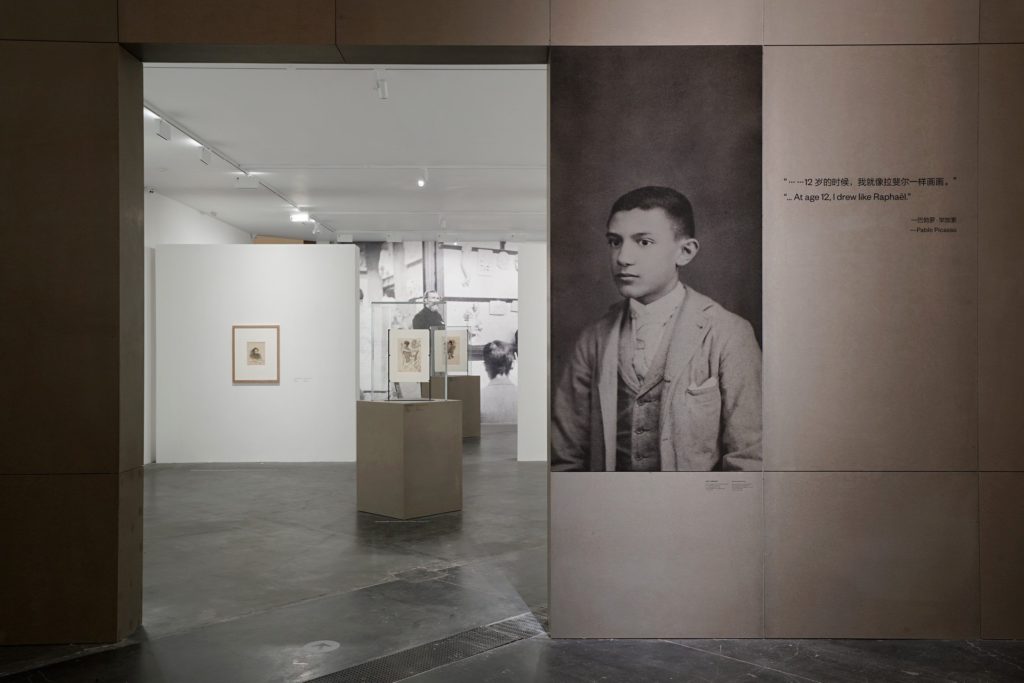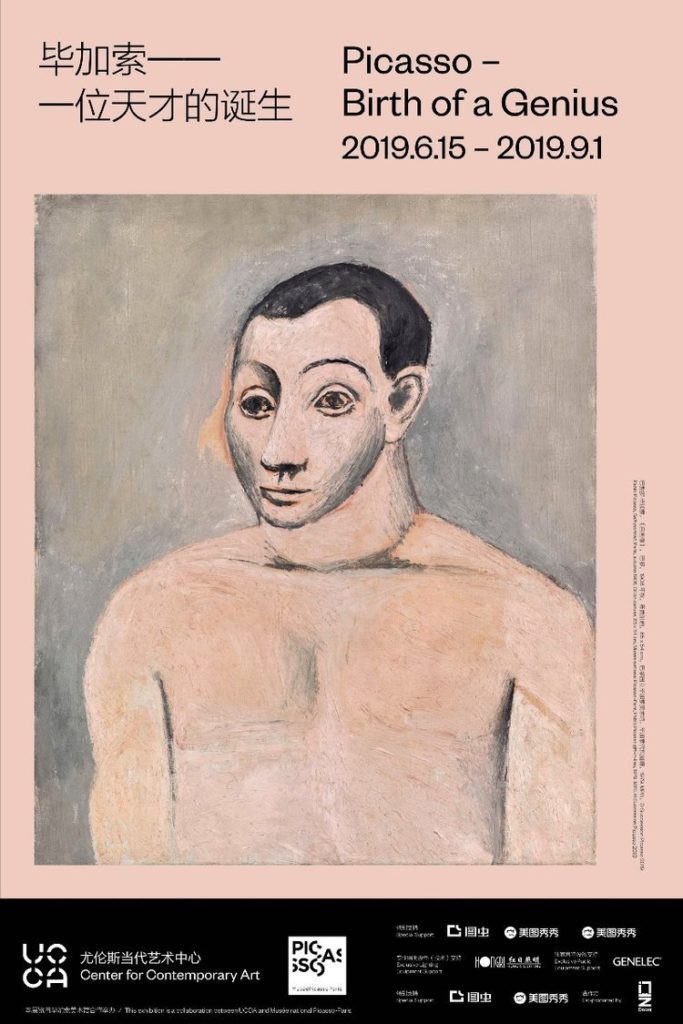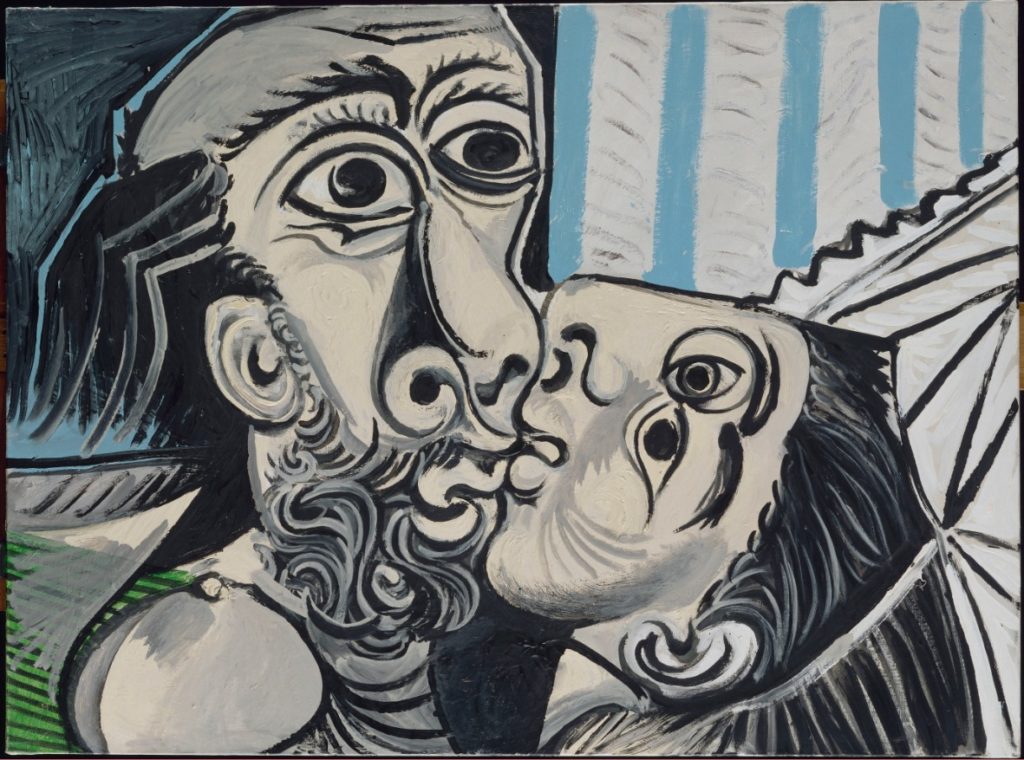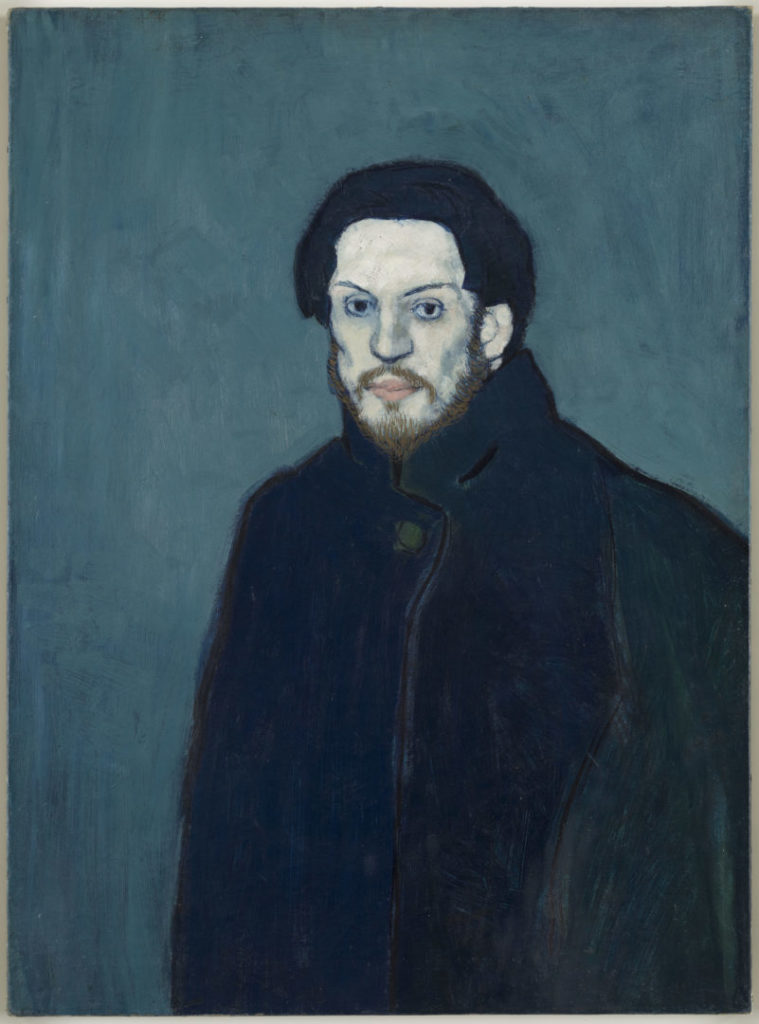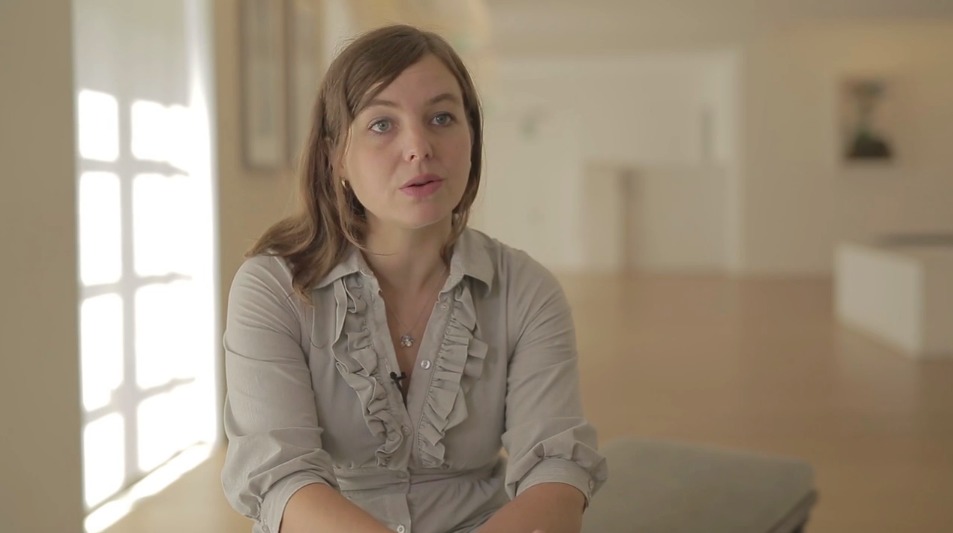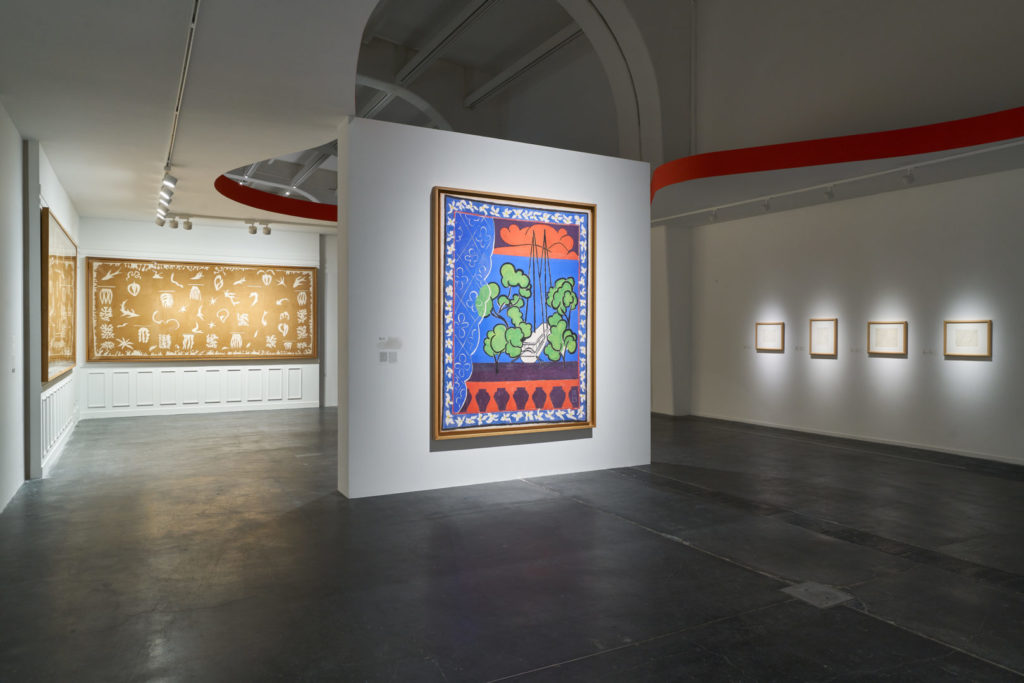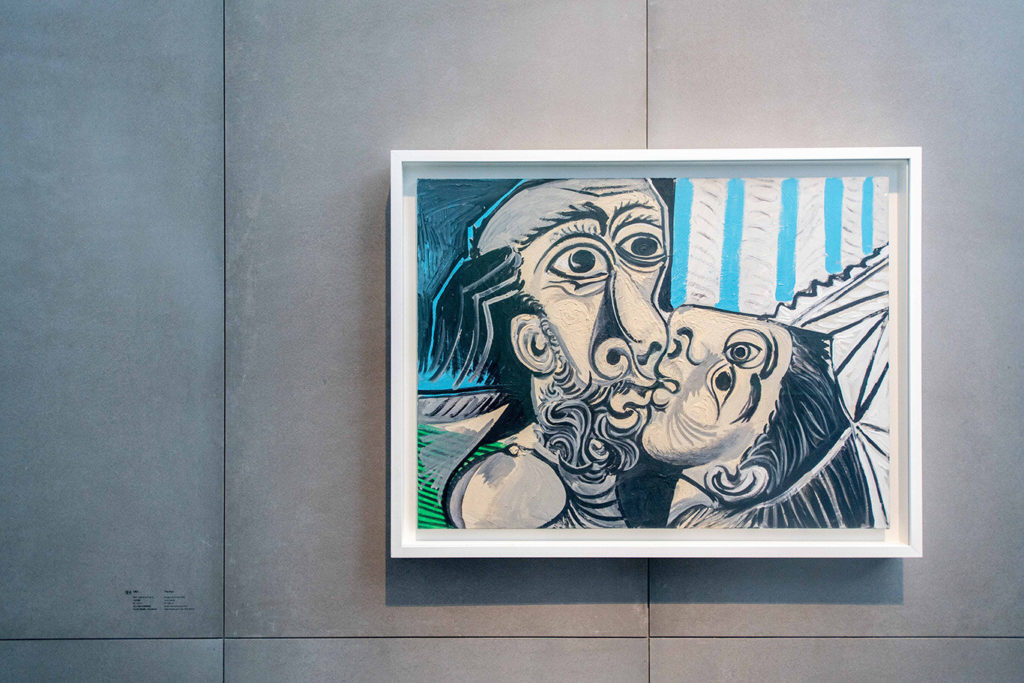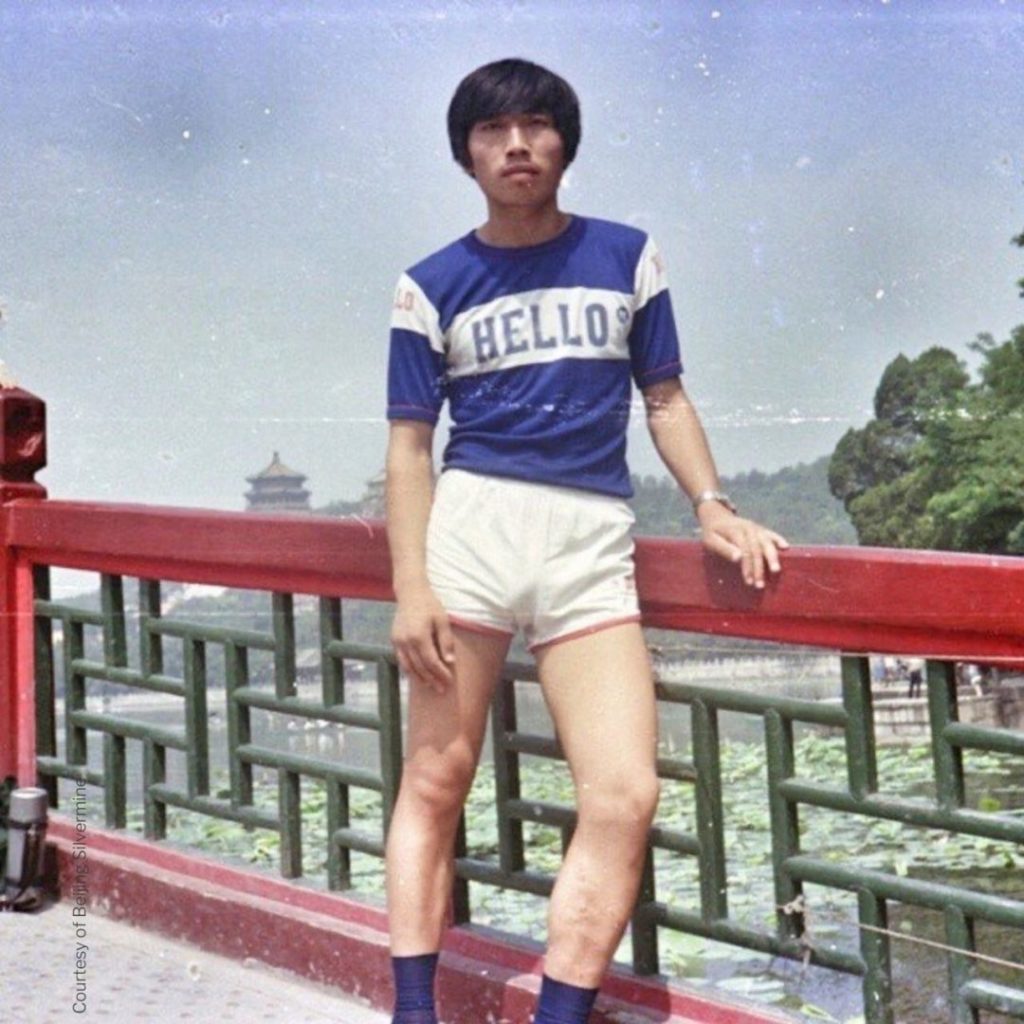Born in Philadelphia, Philip Tinari holds a B.A. from the Program in Literature at Duke and an M.A. in East Asian Studies from Harvard. Writer, critic, curator and expert in Chinese contemporary art, Tinari has been serving as director of UCCA Center for Contemporary Art (Beijing) since 2011.
UCCA organized the most important exhibition of work by Pablo Picasso ever to take place in China: Picasso. Birth of a Genius (15 June-1 September 2019), curated by Emilia Philippot, which brought 103 works from Musée national Picasso-Paris to Beijing.
Philip Tinari has taken on many roles in the art world: he has mounted more than sixty exhibitions and organized a wide range of public programs and development initiatives. He has brought to China international figures including Robert Rauschenberg, Elmgreen & Dragset, Haegue Yang, William Kentridge, Taryn Simon, and Tino Sehgal, and has tracked China’s evolving art scene through retrospectives and surveys of artists including Zhao Bandi, Zeng Fanzhi, Liu Wei, Xu Zhen, Wang Keping, Wang Xingwei, Kan Xuan, and Gu Dexin, as well as exhibitions focused on emerging artists such as The New Normal: Art, China, and 2017, ON | OFF: China’s Young Artists in Concept and Practice (2013).
In 2009, he launched LEAP, an internationally distributed, bilingual art magazine published by the Modern Media Group. He is a contributing editor of Artforum and was the founding editor of that magazine’s online Chinese edition. He also serves on advisory boards including the Guggenheim Asian Art Council and the gallery committee at the Asia Society Hong Kong Center.
Doors had the opportunity to sit with Philip Tinari before the opening of the Picasso. Birth of a Genius exhibition and ask him a few questions about the future of UCCA, Chinese contemporary art, and the influence of Picasso in China.

